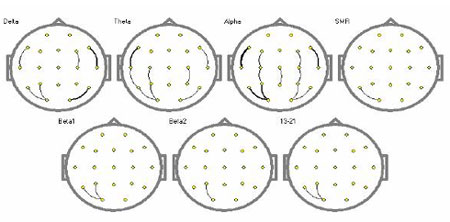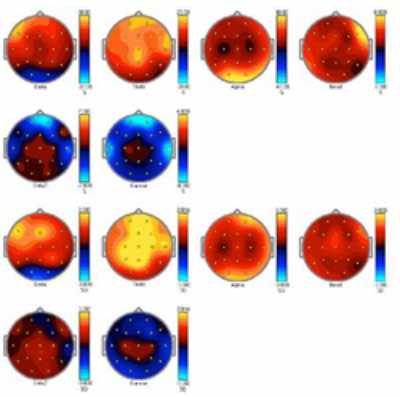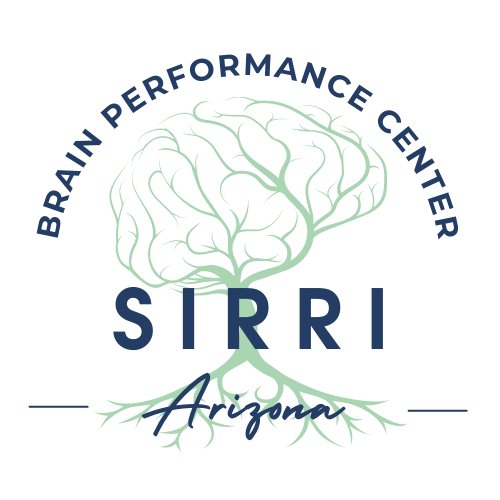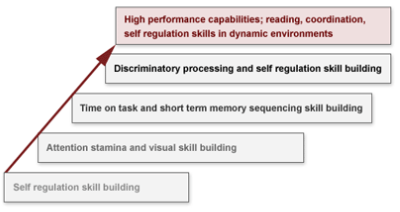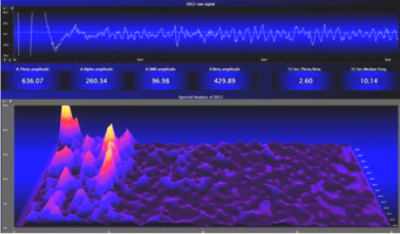Explanation of the Process
Sensors record the individual’s responses to the training, providing objective feedback and allowing the individual to make adjustments accordingly. Dan Williams PT, founder of SIRRI says “When you get the client actively involved in the process, and when they understand what it “feels” like to pay attention or what it “feels” like to breathe appropriately, it is a very powerful learning tool. The learning is rapid and goals are more easily achieved. SIRRI is all about integration, using different technologies and strategies in very innovative ways. Our success comes from being innovative and leveraging existing technologies and strategies to help our clients. Neurofeedback and Biofeedback are examples of those technologies.”
A brain map, or QEEG, is an evaluative tool used to obtain objective analysis of a client's brain waves. Shown is an example of a brain map, which provides the clinician a "road map" of the client's individual needs and helps direct their overall treatment intervention.
